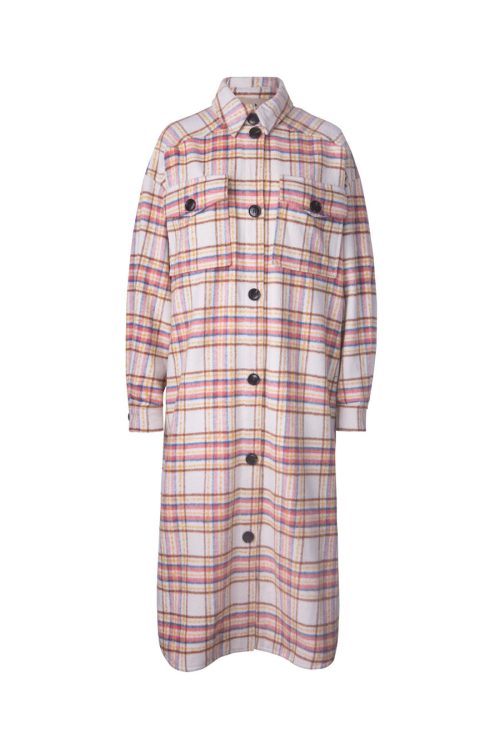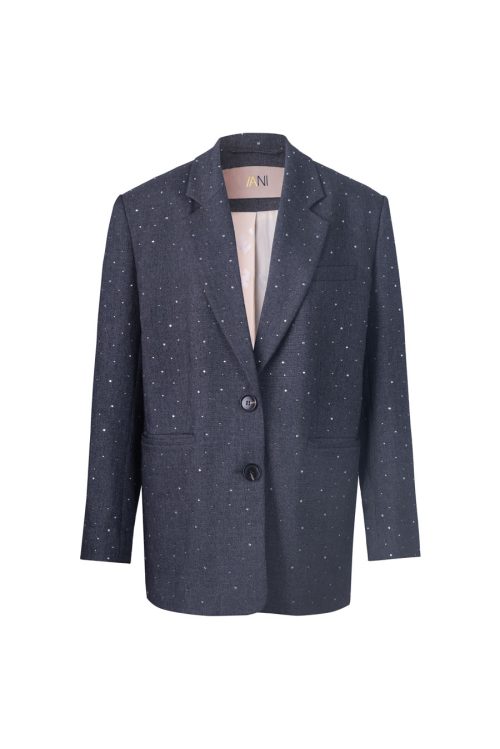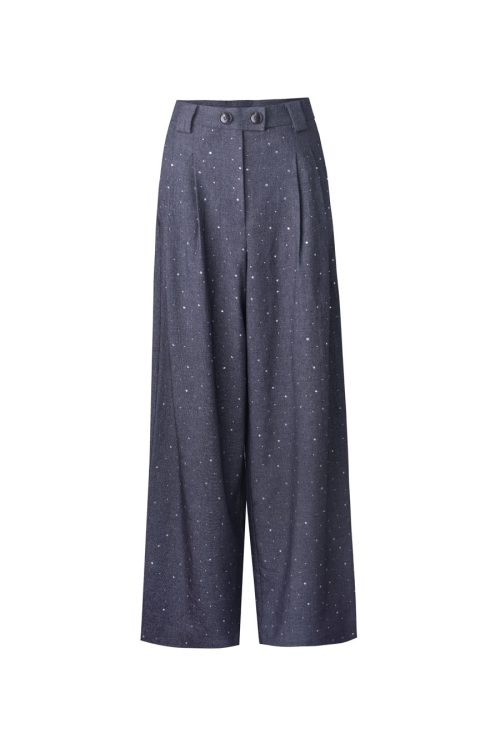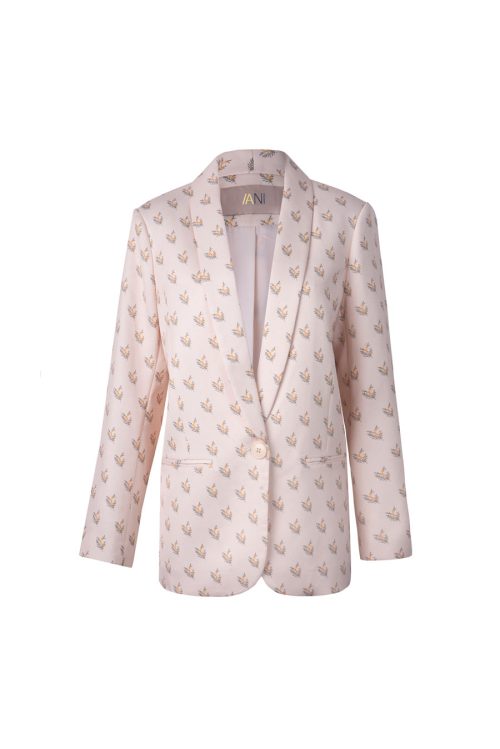
The global apparel market has seen a significant rise in businesses ordering wholesale clothing from China. Known for its vast manufacturing capabilities and competitive pricing, China has become a preferred source for retailers and brands worldwide. This article delves into the benefits, processes, and strategies for successfully ordering wholesale clothing from China, ensuring you can make informed decisions and optimize your business operations.
Benefits of Ordering Wholesale Clothing from China
Cost Advantages
One of the most compelling reasons to order wholesale clothing from China is the cost advantage. Chinese manufacturers offer highly competitive prices due to lower labor costs and efficient production processes. This cost-effectiveness enables businesses to maximize their profit margins while providing affordable products to their customers.
Wide Range of Products
China’s clothing manufacturers produce an extensive variety of apparel, catering to diverse market needs. Whether you are looking for casual wear, formal attire, sportswear, or fashion-forward designs, Chinese suppliers can provide a broad spectrum of options. This diversity allows businesses to stock a wide range of products and stay ahead of fashion trends.
Quality and Durability
Despite the lower costs, many Chinese manufacturers uphold high standards of quality and durability. Factories often use advanced technology and adhere to strict quality control measures to ensure their products meet international standards. This focus on quality ensures that businesses receive reliable and durable clothing that satisfies their customers.
How to Identify Reliable Suppliers in China
Research and Verification
Finding reliable suppliers is crucial for successful wholesale ordering. Start by conducting thorough research and verification of potential suppliers. Check for business licenses, certifications, and reviews from other buyers. Websites like Alibaba and Global Sources often provide detailed supplier profiles and customer feedback, which can be invaluable in your evaluation process.
Online Marketplaces
Online marketplaces are a convenient way to connect with Chinese suppliers. Platforms such as Alibaba, Made-in-China, and DHgate offer a wide array of products and allow you to communicate directly with suppliers. Use these platforms to compare prices, product specifications, and supplier credentials. Ensure to verify the supplier’s credibility through customer reviews and ratings.
Trade Fairs and Exhibitions
Attending trade fairs and exhibitions in China can provide firsthand exposure to potential suppliers. Events like the Canton Fair and the China International Clothing and Accessories Fair (CHIC) bring together numerous manufacturers and allow you to see and feel the products. Networking at these events can also help you establish strong business relationships.
The Ordering Process for Wholesale Clothing
Initial Inquiry and Quotation
The ordering process begins with an initial inquiry to the supplier. Clearly communicate your requirements, including product specifications, quantities, and desired delivery times. Request a detailed quotation that outlines prices, payment terms, and other relevant conditions. Comparing quotations from multiple suppliers can help you secure the best deal.
Sampling and Quality Check
Before finalizing an order, request samples to assess the quality of the products. Evaluate the samples for material, workmanship, and adherence to your specifications. This step is crucial to ensure the products meet your quality standards and avoid potential issues with the final order. Some suppliers may charge for samples, but this investment can prevent larger quality problems later.
Finalizing the Order
Once you are satisfied with the samples, proceed to finalize the order. Draft a detailed purchase agreement that includes all terms and conditions, such as product specifications, quantities, delivery schedules, and payment terms. Ensure both parties sign the agreement to avoid misunderstandings. Maintaining clear and documented communication throughout this process is vital.
Shipping and Logistics for Wholesale Orders
Choosing the Right Shipping Method
Selecting the appropriate shipping method is essential for timely delivery and cost management. Air freight is faster but more expensive, suitable for smaller, urgent orders. Sea freight is more cost-effective for larger shipments, although it takes longer. Work with your supplier and logistics provider to determine the best shipping method based on your needs and budget.
Managing Customs and Import Duties
Understanding and managing customs regulations and import duties is crucial for a smooth import process. Research the import regulations of your country, including necessary documentation and tariffs. Working with a customs broker can help navigate these requirements and ensure compliance, minimizing delays and additional costs.
Efficient Logistics Management
Effective logistics management is key to ensuring your products arrive on time and in good condition. Partner with reliable logistics providers who offer comprehensive services, including packaging, shipping, and tracking. Regularly monitor the shipment status and communicate with your supplier and logistics provider to address any issues promptly.
Common Challenges and Solutions in Wholesale Ordering
Ensuring Product Quality
Maintaining product quality is a common challenge when ordering from overseas suppliers. Implementing strict quality control measures, such as third-party inspections and audits, can help ensure consistency. Establish clear quality standards and communicate them effectively to your supplier. Building a long-term relationship with a trusted supplier can also enhance quality assurance.
Dealing with Communication Barriers
Language barriers and cultural differences can pose challenges in communication. To mitigate these issues, consider hiring a local agent or interpreter who can facilitate clear communication with your supplier. Utilize written agreements and detailed documentation to avoid misunderstandings. Establishing a good rapport with your supplier can also improve communication.
Navigating Payment Terms and Currency Exchange
Negotiating favorable payment terms and managing currency exchange risks are essential aspects of international trade. Common payment methods include wire transfers, letters of credit, and online payment platforms. Ensure that the payment terms are clear and protect your interests. Monitoring currency exchange rates and using hedging strategies can help manage financial risks.
Conclusion
Ordering wholesale clothing from China offers significant benefits, including cost advantages, a wide range of products, and reliable quality. By following the outlined steps and addressing potential challenges, businesses can effectively navigate the wholesale ordering process and leverage China’s manufacturing capabilities to grow their operations.
FAQs
What are the benefits of ordering wholesale clothing from China? Ordering wholesale clothing from China provides cost advantages, a diverse range of products, and high-quality standards, making it a preferred choice for many businesses.
How can I find reliable suppliers for wholesale clothing in China? You can find reliable suppliers through thorough research, online marketplaces like Alibaba, and attending trade fairs and exhibitions.
What is the process for ordering wholesale clothing from China? The process involves initial inquiries and quotations, sampling and quality checks, and finalizing the order with detailed agreements.
What are the best shipping methods for wholesale clothing from China? Air freight is suitable for urgent, smaller orders, while sea freight is more cost-effective for larger shipments. Choose based on your needs and budget.
How can I ensure the quality of wholesale clothing from China? Implement strict quality control measures, conduct third-party inspections, and establish clear quality standards with your supplier to ensure product quality.
What are common challenges in ordering wholesale clothing from China? Common challenges include ensuring product quality, dealing with communication barriers, and navigating payment terms and currency exchange. Address these with proper strategies and clear communication.




